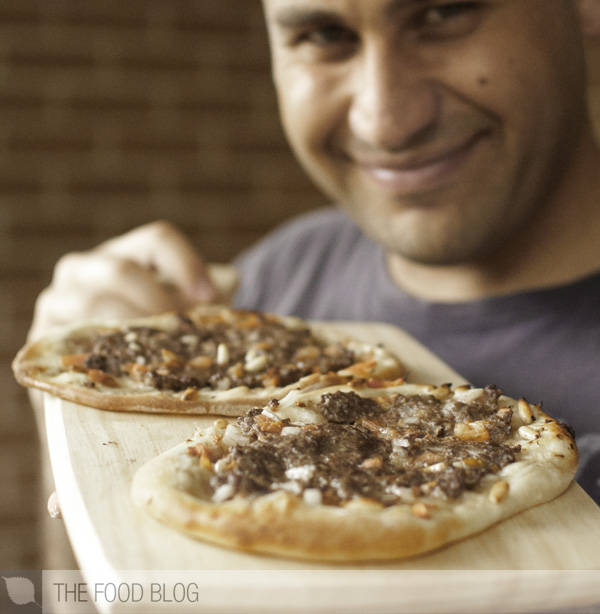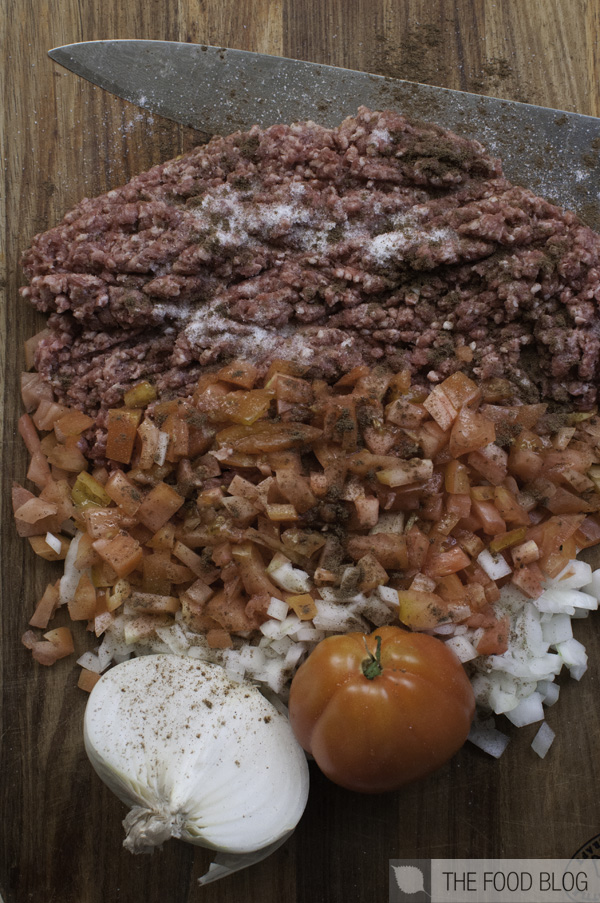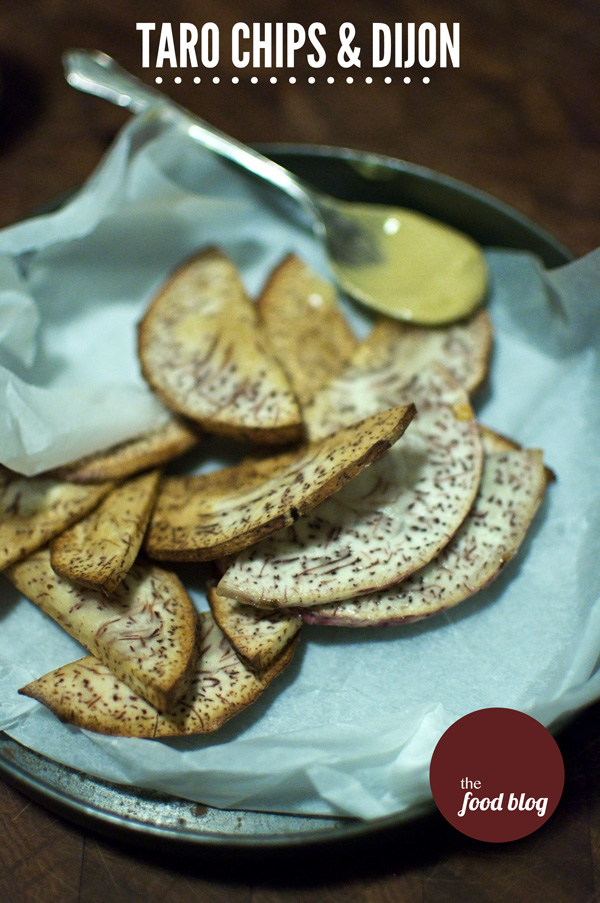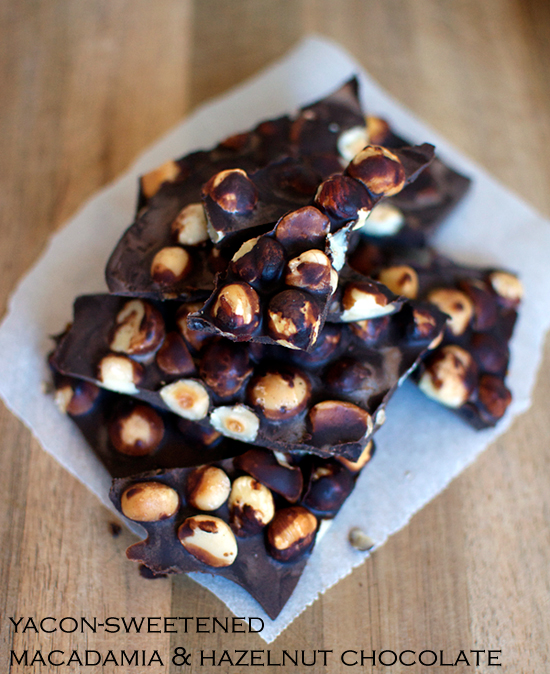
I must have been around 17 years old the first time I witnessed earnest, all-covering snow as it dropped lightly but persistently to create a carpet of whiteness over red-tiled roofs. We were at the ski village of Faraya, and I, with my friends, was there to spend New Year’s Eve. There must have been around twenty of us sardined into a room that could hardly sleep five. We didn’t mind. It was a night of celebration, and there was no intention of sleeping. And besides, how could I have slept when she was there, looking as beautiful as only she could? Ah yes. There she stood, with skin that outmatched the whiteness of the freshly fallen snow and hair darker than the charcoal that later glowed to keep us warm. Miss Faraya hardly noticed me but as far as I was concerned, that room only contained her – and the bottles of local red wine; so while she continued, oblivious of my presence, I paused and Château Kefraya and I became the best of friends.
I don’t remember what happened. I have these intoxicated flashbacks of myself after midnight, walking back from the center square alongside thousands of party people. How I got there, I don’t know, but every person I encountered was repeating the same phrase: baddna n’nem (we want to sleep). Baddna n’nem? What? Why? I woke up with a headache so titanic it had created its own gravitational pull, and in its orbit was complete confusion. It was only when I heard someone on the phone wishing a loved one a “Bonne Année” (French for Happy New Year) that I realised that all the people I had met during my hazy, drunken stroll weren’t kindly informing me that they wanted to sleep, but were giving me their wishes for the new year. “Bonne Année” not “baddna n’nem”. This total lack of recall confirmed my doubts. The previous night had been a disaster.

Angry with myself, Mr Château Kefraya (who was no longer a friend of mine) and the French-speaking Lebanese, I convinced my mate who had the car that we needed to return to Jbeil (Byblos). Escape is the easiest way to avoid shame, you can trust me on that one. We were starving and dehydrated but agreed to wait until we reached a well-known bakery that made lahm b’ ajeen. The bakery’s claim to fame was not the quality of its product but rather the character of its owner. We were told that when he served his lahm b’ ajeen, he would theatrically grab a lemon, slice it down the middle with a mighty strike of his butcher’s knife, toss the lemon onto the lahm b’ ajeen and offer it to the customer with the command: hrisa (destroy it)! The rumours proved true, and so it was that we witnessed a Lebanese legend in full-swing. The comedy temporarily soothed my aching brain and uplifted my spirit, and that lahm b ajeen, though not the best I’ve had, remains the most memorable. Maybe because I had suppressed around 24 hours of prior calamity.
Well, you may have guessed it, but thankfully, Miss Faraya and I never ended up together. I have since rekindled my relationship with red wine after a period of enmity while lahm b’ ajeen and I have never lost touch, remaining in close contact. Lahm b’ ajeen is a Middle-Eastern/Levantine pizza of sorts: a piece of flattened dough, usually with a hint of sweetness from sugar, covered with a mixture of hand-minced lamb shoulder, diced tomatoes and onions, salt and pepper and baked in a hot oven. When the sides are a crisp, golden brown, lahm b’ ajeen becomes one of the miracles of Lebanese food that needs to be eaten straight away as it comes out of the oven. Only then does it posses the right crunch, moisture, heat and aroma. A moment in time that needs to be given full attention and respect. Sharp and sweet drizzles of pomegranate molasses, dollops of creamy yoghurt, sprinklings of dried chilli or simply a squeeze of lemon juice: these are all suitable toppings, but the end aim is one. Seek a lahm b’ ajeen and destroy it!

Lahm b’ Ajeen Recipe
Make the topping by mixing 0.5 kilos of finely minced lamb shoulder, 1 large medium diced onion, 4 tomatoes (I used oxheart because of their dry texture), salt and pepper. Using your chef’s knife, mix the ingredients thoroughly using a chopping motion. Add a few handfuls of pine nuts on top.
Make some dough as you saw in my manakish recipe, but add 2 more tbsp sugar and use olive oil instead of vegetable oil. Let it rise and then make the pizzas. Add the topping to the dough and bake on the highest heat possible, until gold and crisp.


13 comments
Yet another drool worthy meal! Thanks Fouad 🙂
A personal favourite, thanks Fouad. I like mine sprinkled with zataar, too!
You are going to make me this when I visit. Yes.
My aunt and cousin had a house in Faraya for decades and I used to go visit them in the summer; loved the place, not the skiing so much, but going fishing and eating pistachios. Your story is so funny! confusing bonne année with bana neim ’cause of wine; well I dont know how long it has been but to me the lebanese girls are even prettier than before; and your lahm b’ajine, pinched on all sides, irresistible with that squeeze of lemon! (love that butcher! is he still there? what is his name)
A great story and a fantastic recipe…almost like a mini lamb pizza/pie! Love the ingredients used in this…so simple!
That’s making me real hungry right about now… Thanks for sharing the story too 🙂
…i cant figure out why you didnt include the baharat..ie allspice/cinnamon or 7 spices…?
Thanks for your comments guys!
Lili. Of course!! Anything for you 🙂
Joumana – hehehe. Lebanese girls are very beautiful. A bit too much make up for my liking, right? I don’t remember the guy’s name. It was 10 years ago, and as you can imagine, it’s a very hazy memory 😛
Hi Samir. I think bharat detract from the flavour of the meat. Salt and pepper are all you need. Give it a go and trust me, if your lamb is good quality, you won’t be disappointed.
hmm detract from the meat?….but yet you mention topping the pies with pomegrante molasses , lemon or yogurt, dried chili…. you also suggest adding these after cooking but traditionally we add one of them to the meat mix the tops the pie so they can cook along with the meat ..as for the bharat , the spiceness of cinnamon and allspice is so understated i dont feel they detract but create more depth of flavour..however I will try it your way and let you know..salamat
forgot to mention we never add that much bharat..about 1/4 to 1/2 teaspoon per pound of meat. so it is ver subtle
hi samir
As with all Middle-Eastern food, recipes change from one household to the other. I am not doubting the authenticity of your recipe, or that you can add spices to the mix. I agree you can add chilli in the mix, but that’s not common as Lebanese food doesn’t use chilli in any significant way. Lemon and pomegranate molasses are always added after the cooking process. Yoghurt can be added to the mix, but only if you are making sfiha from baalbak, which can also be made by mixing tahini to the meat. The lahm b’ ajeen I am familiar with doesn’t use spices, but I’m not saying you can’t add them or that it won’t be tasty. But here’s what I feel. Adding spices to lahm b’ ajeen is like adding spices to hamburgers. Burgers can have cheese, mustard, mayo, ketchup, lettuce and onion as toppings, but adding spices takes the dish elsewhere, and yes, detracts from the meat. At least to my palate. That said, tikram 3aynak, I will try some with a bit of spices next time 🙂
agreed..there are many variations… after rereading your recipe I figured out why we had discrepency about when to add the pomegrante or lemon…some top the pies with the raw meat mixture sans pomegante molasses/lemon and squeeze them on later as your recipe calls for and others(like my family) lightly saute the onion and meat,bharat, adding the pomegrante or lemon after the meat has cooled and then top the pies with this mix for the cooking stage ..the meat doesnt shrink so much on the face of the pie and u render out some of the fat this way…
for the” baking stage” that is…